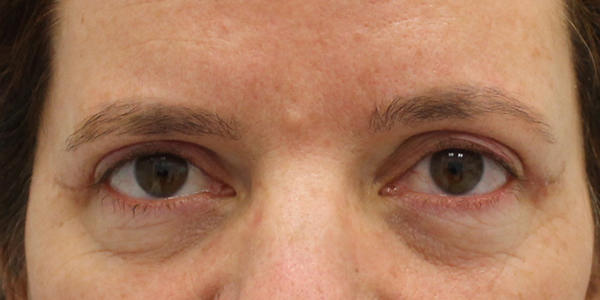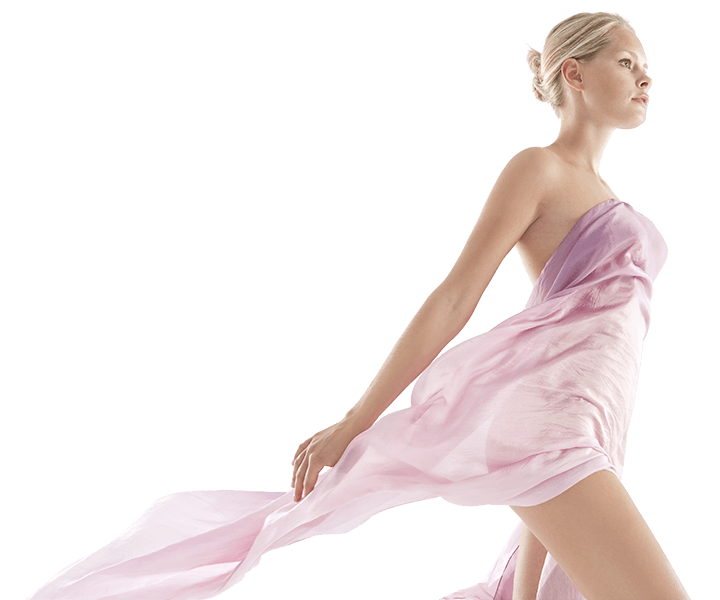Your eyes are usually the first thing people notice about you; unfortunately, they are one of the first areas of the face to show aging.
The delicate skin of the upper eye can begin to sag and droop. In some cases, this sagging skin may even impair your sight and prevent you from having a full field of vision.
The lower lid can also begin to show age with heavy under-eye bags that give you a run-down appearance. Despite adequate rest and good health, these puffy bags coupled with sagging lids may cause your face to appear worn or fatigued.
Eyelid Surgery, medically known as Blepharoplasty, can correct drooping eyelids (upper lids) or under eye bags by removing excess fat and skin to give you a rested and refreshed appearance. By eliminating areas of excessive bulging and by tightening the skin around the eyes, eyelid surgery can give you a “brighter” appearance without changing the way you look.
Blepharoplasty is a delicate procedure and should be performed by a board-certified plastic surgeon like Dr. Perry Gdalevitch. By tailoring your procedure to your exact needs, you can feel confident that you’ll achieve a refreshed appearance and the beautiful, natural-looking results you’ve always wanted. Book a consultation today to learn more about eyelid surgery and what it can do for you.

 PLASTIC
PLASTIC



